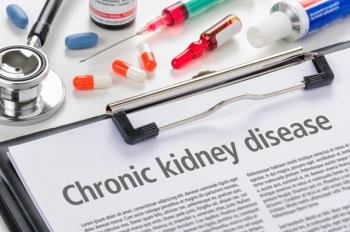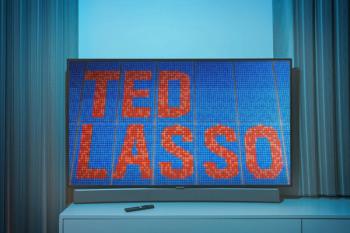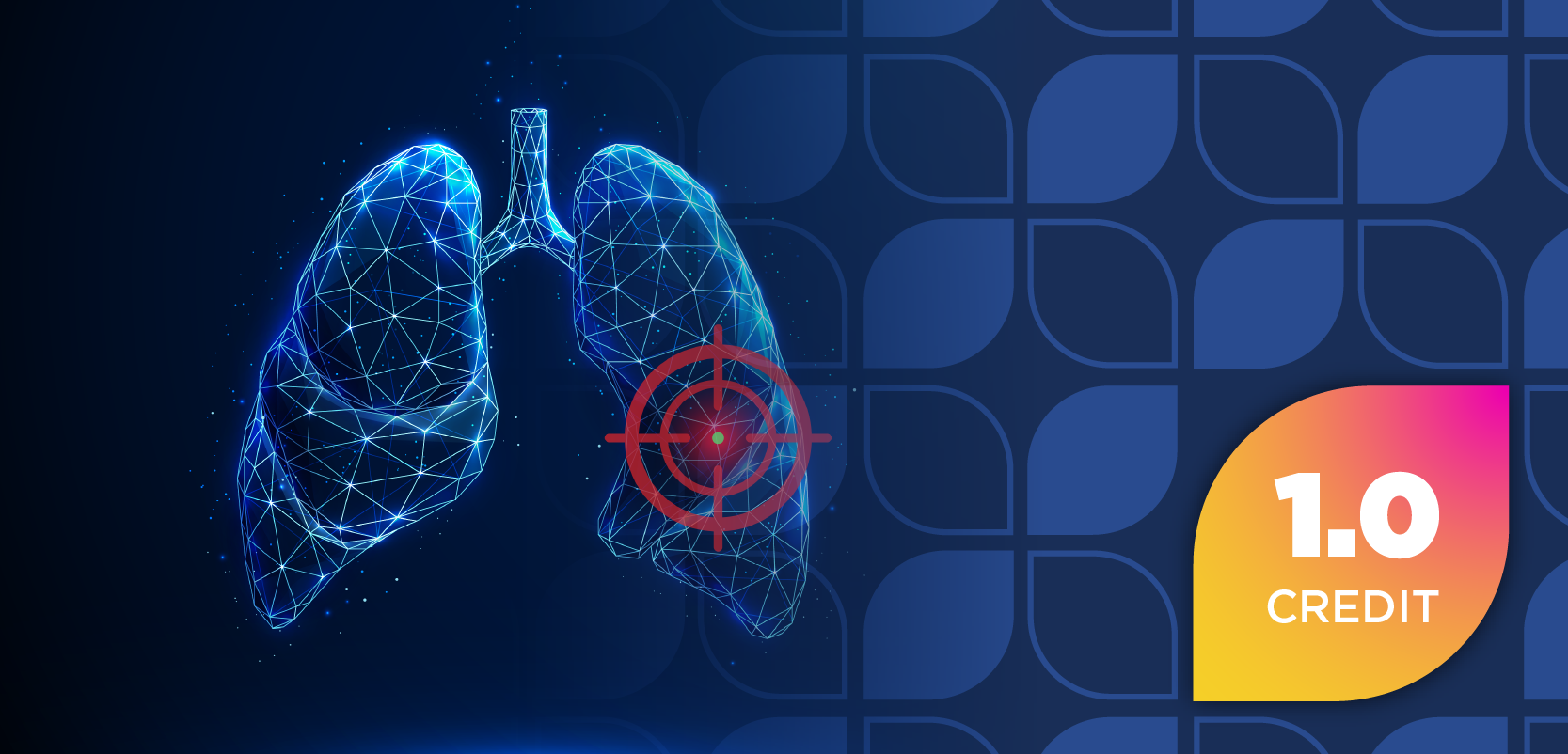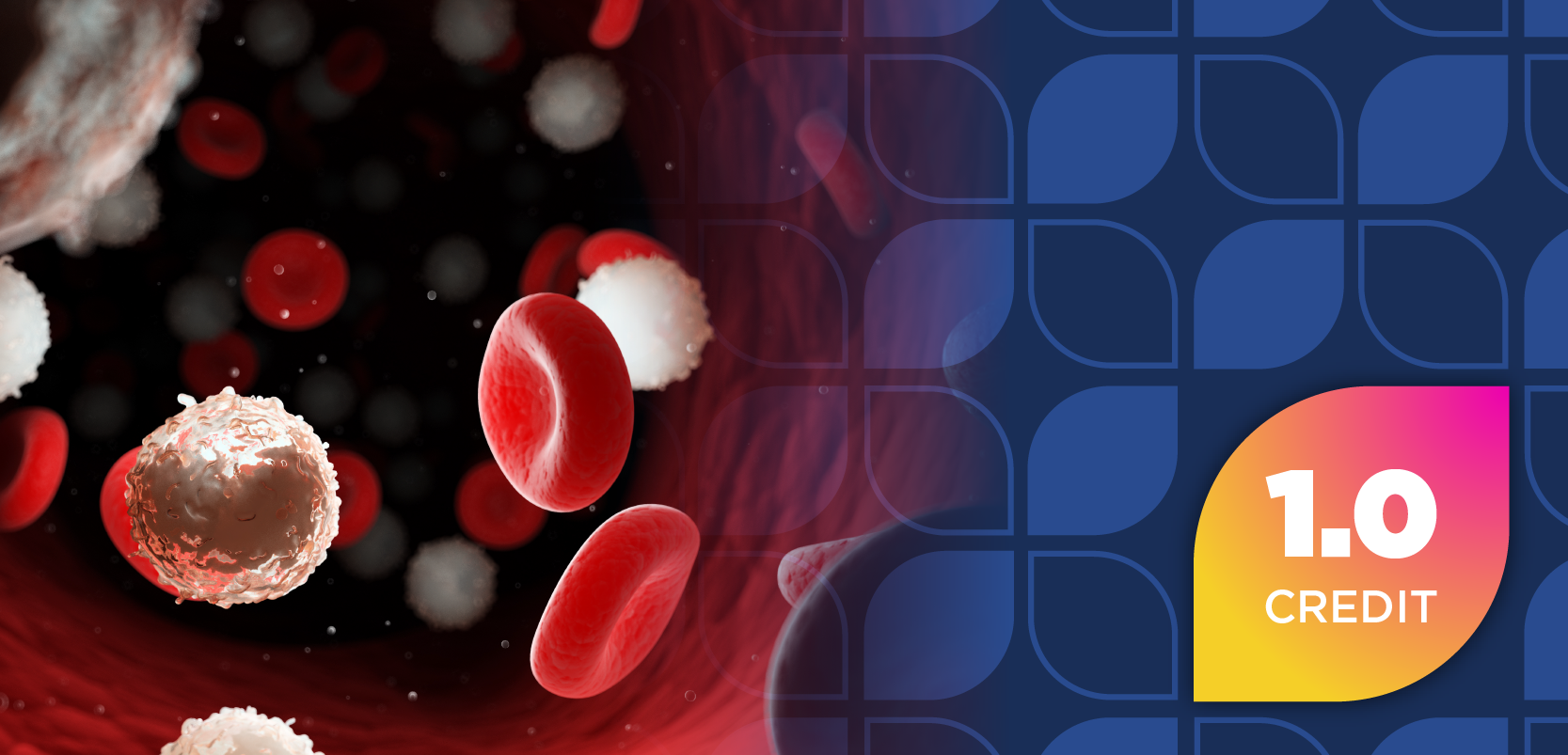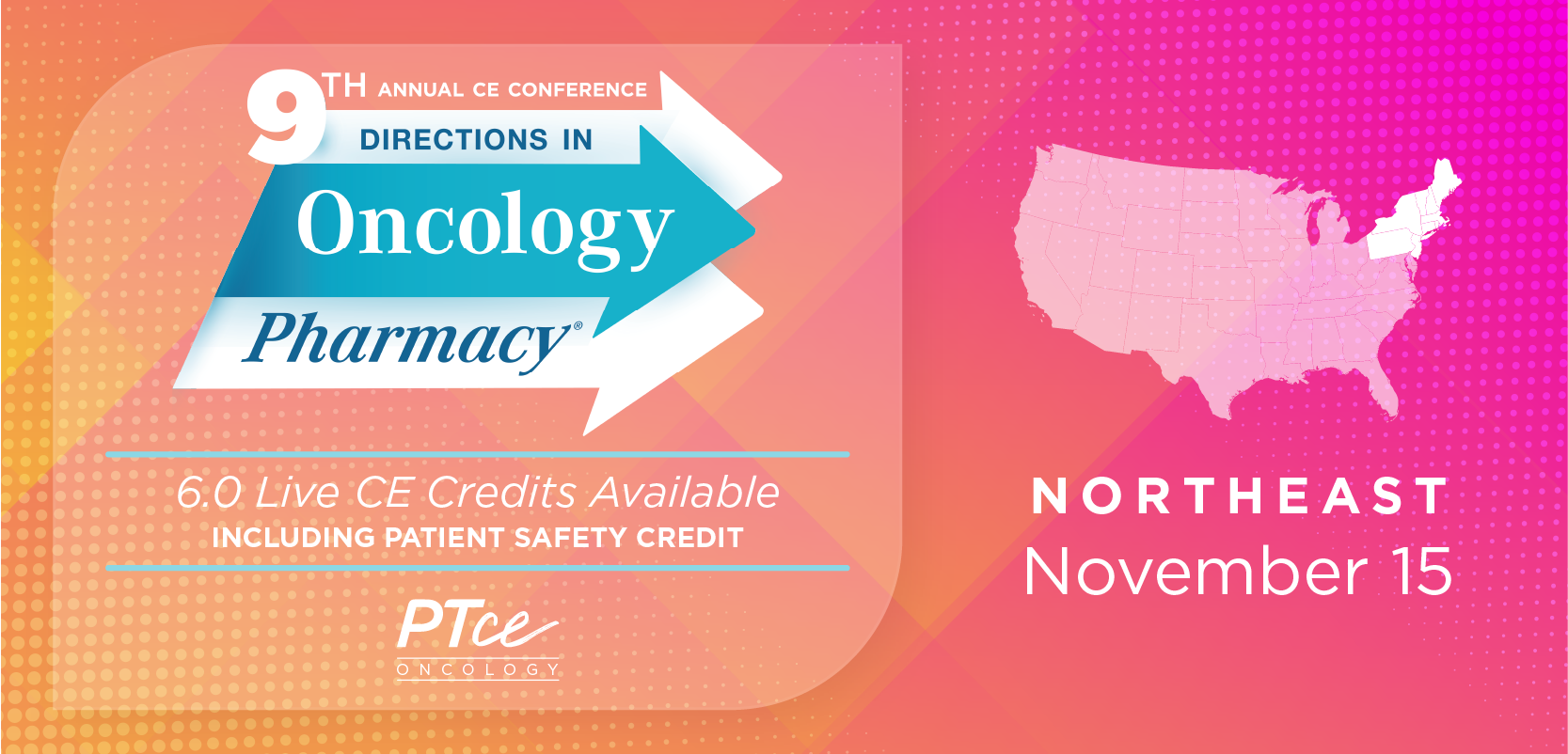
Older Adults With Herpes Zoster Have Unique Considerations
Pharmacists can educate older adults on risk factors and prevention efforts around herpes zoster.
Older adults have been disproportionately affected by the rising incidence of herpes zoster over the past several decades. In addition to potential postherpetic neuralgia, older adults also have a heightened risk for stroke or myocardial infarction and may require different interventions than younger individuals with herpes zoster.
Some studies have indicated a 4-fold increase in herpes zoster incidence since the 1940s, particularly impacting elderly individuals and women. This increase is happening globally and appears to be independent of demographic shifts seen with a growing elderly population and increased prevalence of immunocompromised individuals.
The lifetime risk of herpes zoster in the general population ranges from 20% to 30%, but the risk increases significantly after 50 years of age with a lifetime risk reaching 50% at 85 years of age. Current estimates show more than 1 million cases of herpes zoster in the United States each year, costing the health care system $5 billion annually. Although herpes zoster was originally not believed to occur more than once in an individual, it is now estimated to recur in approximately 6.4% of immunocompetent individuals and the recurrence rate is higher among immunocompromised individuals.
Older age is a risk factor for reactivation, as well as immunocompromised state due to conditions such as HIV infection, lymphoma, leukemia, bone marrow transplant, solid organ transplant, and immunosuppressive medications. Some data associate depression with the development of herpes zoster, in addition to potential links between weight loss and sleep disturbances.
A hallmark of herpes zoster is that following resolution of the original rash, individuals may experience additional sequelae. For older adults in particular, these may have adverse effects (AEs) on functional status, independence, and quality of life.
Although postherpetic neuralgia gradually resolves in most older adults, a subset of patients may be refractory to pain management and may experience worsening pain over time. Risk factors for the development of postherpetic neuralgia include prodromal symptoms, more severe pain and rash extent, older age, immunosuppression, diabetes, and presence of zoster ophthalmicus.
Research has also shown that adults 50 years of age and older have a heightened risk of stroke or myocardial infarction for 3 to 12 months following an episode of herpes zoster. These study findings are supported by the presence of varicella zoster virus in intracerebral and coronary arteries of these patients in postmortem studies.
Manifestations of varicella zoster virus central nervous system (CNS) vasculopathy range from transient ischemic attacks, stroke, aneurysm, subarachnoid and intracerebral hemorrhage, spinal cord infarction, cerebral venous sinus thrombosis, vision loss, giant cell temporal arteritis, or other focal neurological deficits. The mortality rate of untreated varicella zoster virus CNS vasculopathy is nearly 25%, but treatment with antiviral medications may be curative.
Treatment of herpes zoster in older adults encompasses treatment of the virus itself using antivirals and treatment of the sequelae with other agents. Antiviral therapy for acute herpes zoster fulfilling any of the following criteria: patients older than 50 years of age, moderate to severe rash or pain, those with non-truncal involvement, and those who are immunocompromised. Corticosteroids may improve the pain associated with herpes zoster and mild pain can be treated with analgesics.
Tricyclic antidepressants can also play a role in pain control associated with both acute herpes zoster and postherpetic neuralgia. Although several studies suggest that amitriptyline significantly reduces the pain of postherpetic neuralgia, nortriptyline and desipramine are preferred due to their better anticholinergic AE profile.
Topical lidocaine patches are one of the best tolerated options for pain control in postherpetic neuralgia, although patients should be advised to take care that it is applied only to the area of intact skin. Topical capsaicin is also an effective alternative for postherpetic neuralgia, although it is not recommended for acute herpes zoster pain due to the intense burning sensation.
Prevention and education efforts about herpes zoster are also essential for older adults. Vaccines may decline in efficacy over time, and pharmacists can educate older adults about this issue while encouraging them to remain up to date on vaccination.
REFERENCE
John A and Canaday DH. Herpes zoster in the older adult. Infect Dis Clin North Am. December 2017. Accessed September 13, 2022.
Newsletter
Stay informed on drug updates, treatment guidelines, and pharmacy practice trends—subscribe to Pharmacy Times for weekly clinical insights.

